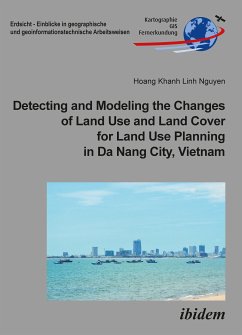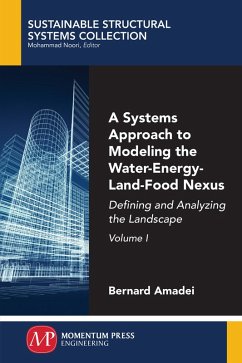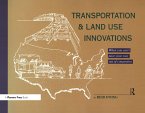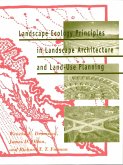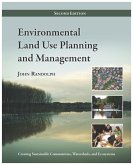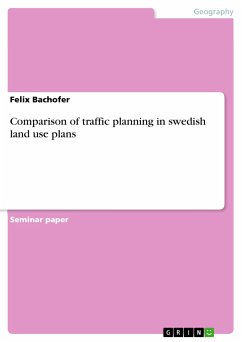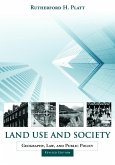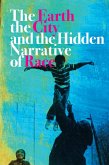The results show that 37% of the total land has undergone change. Before being separated from Quang Nam Province (1979-1996), the LULC in Da Nang City changed gradually. However, after becoming an independent municipality, the LULC changed with accelerated speed, especially in the urban areas. Within 13 years (1996-2009), the urban area grew by 86.6%. The study suggests this is caused by a strong focus on economic development. Conversely, agriculture and forests had a high rate of change. The dynamic change of landscape indices reveal that agricultural areas were broken into smaller patches. However, except agriculture, patches of forestry and urban spaces tended to have a uniform landscape configuration. To simulate the future changes of LULC at Da Nang City from 2009 to 2030, three scenarios with different missions were developed, namely, Development as Usual, Aggressive Development, and Optimal Development. All scenarios result in a continuous increase in urban area and a gradual decrease in agriculture, barren, and shrub areas during the simulated period. The study provides new strategies for land use planning in comparable regions facing rapid urbanization.
Dieser Download kann aus rechtlichen Gründen nur mit Rechnungsadresse in A, B, BG, CY, CZ, D, DK, EW, E, FIN, F, GR, HR, H, IRL, I, LT, L, LR, M, NL, PL, P, R, S, SLO, SK ausgeliefert werden.

